Back in the Grand Palais, Paris Photo 2024 was a spectacular return to form in and around the main fair
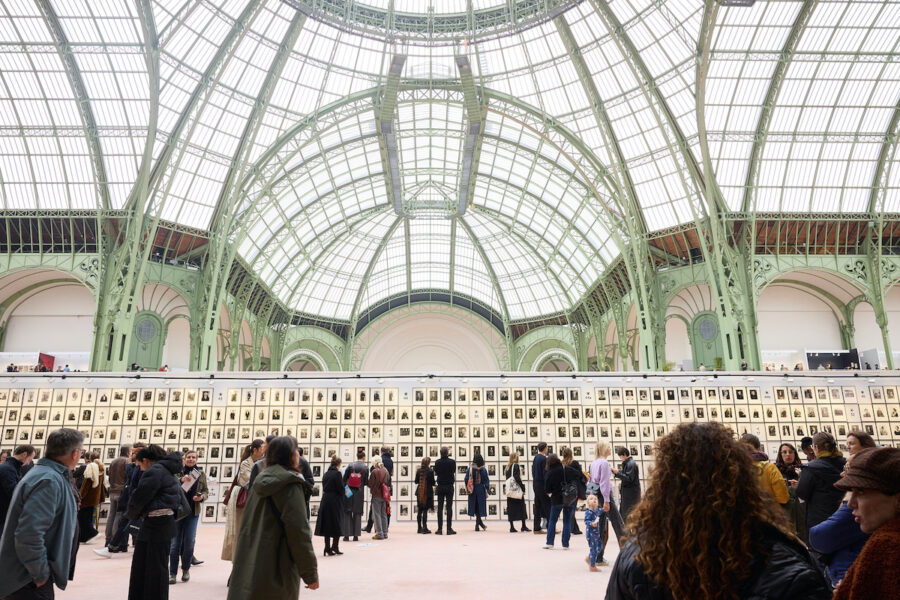

Back in the Grand Palais, Paris Photo 2024 was a spectacular return to form in and around the main fair
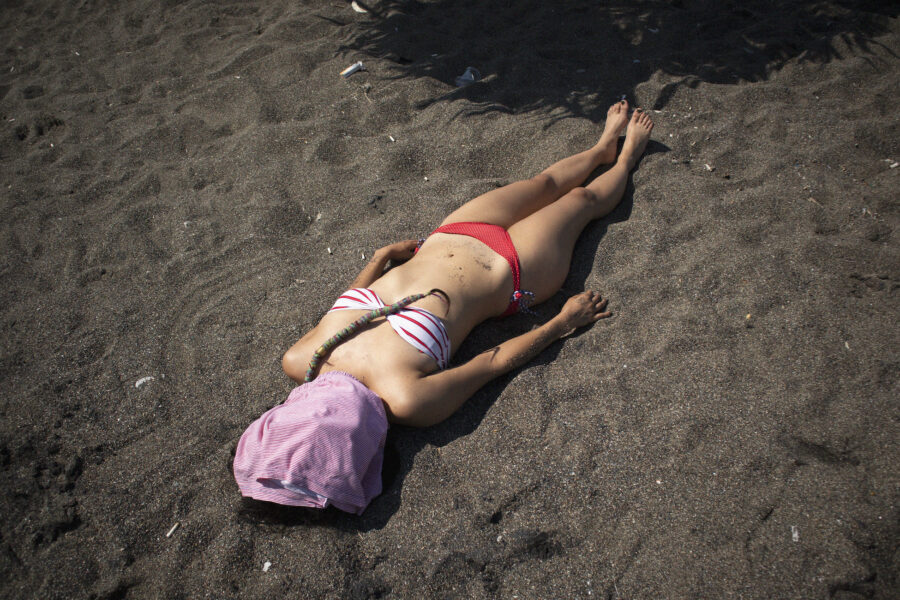
A collective for photobook-makers in the SWANA region, aka TAWLA aims to highlight their narratives and recently created a publication featuring Palestinian photographers
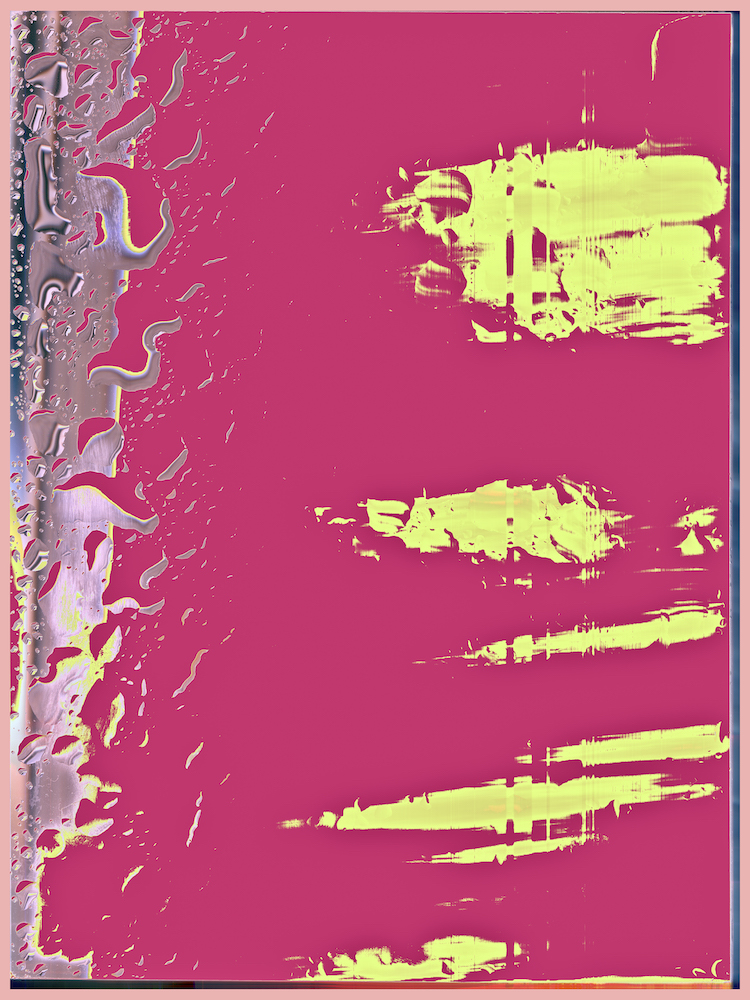
As Paris Photo 2023 gets under way, Diane Smyth takes a look at the other must-see shows and fairs taking place across the city this week
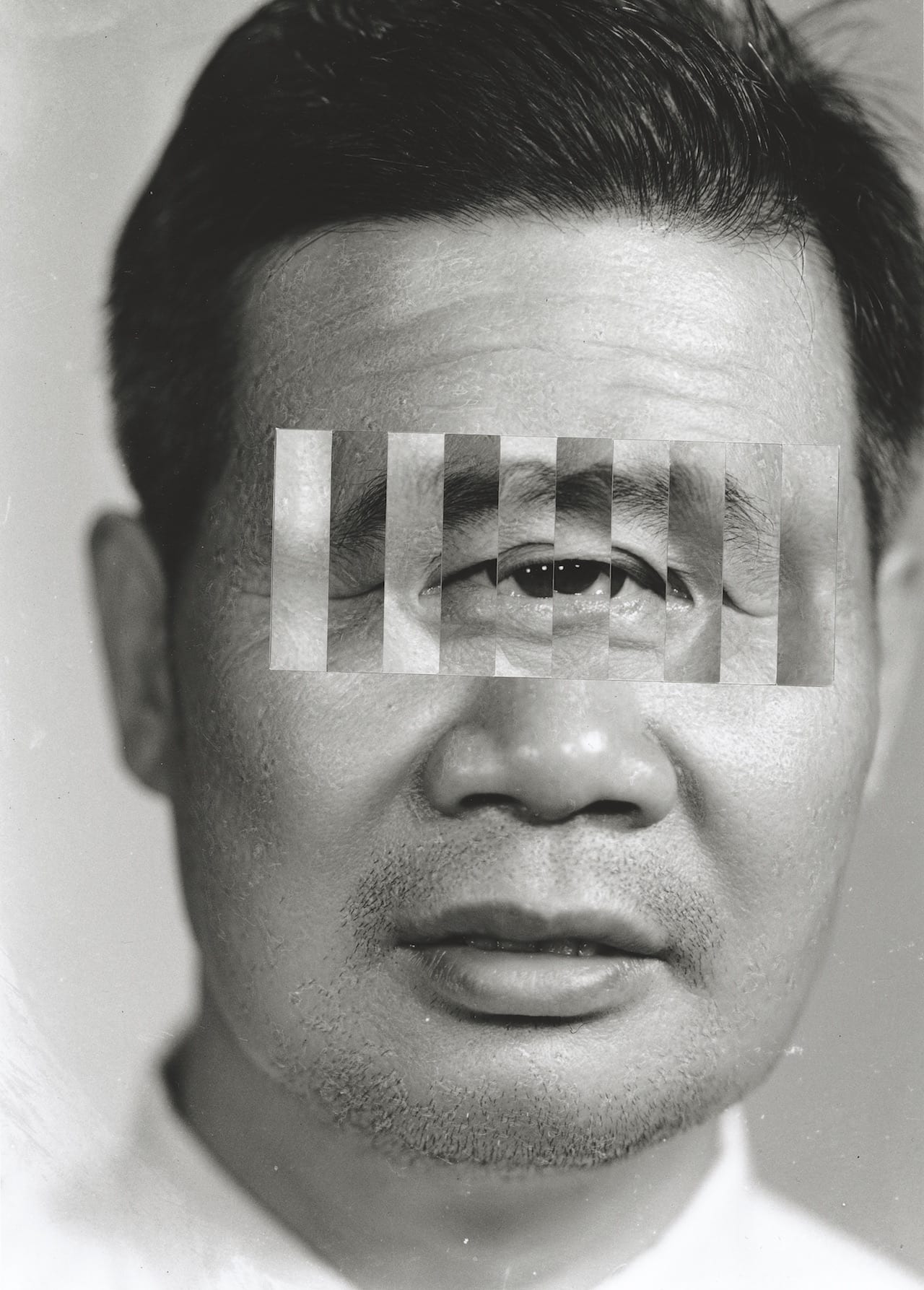
The collages of Kensuke Koike have been one of the purest forms of visual pleasure over the last two years. Videos of his working process on his Instagram account show him making miraculous reinventions of images with a single rip (his smoking woman), with a pasta machine (his dog), and with three-dimensional transformations (his sinking boat). It’s work that attracts because it seems so simple.
Take an old portrait of a loving couple, cut their eyes out, switch them around and the relationship takes a new direction. Cut a circle around the middle of a face, offset it a couple of inches, and you’re left with a pathway to that person’s interior. These are pictures that seem simple, but link up to ideas of image compression, ways of seeing, facial recognition and visual agnosias. It’s The Man who Mistook his Wife for a Hat in photographic form.
Koike’s work has attracted a loyal following, inspired countless copycat activities at photography workshops around the world, and invited collaborations from parties ranging from Gucci to Thomas Sauvin of Beijing Silvermine. It’s the Sauvin collaboration that resulted in Koike’s latest work, a book launched in November. Titled No More No Less, the publication came about after Koike was invited to work with Sauvin’s archive of old images that he recovered from Beijing silver-recycling centres.
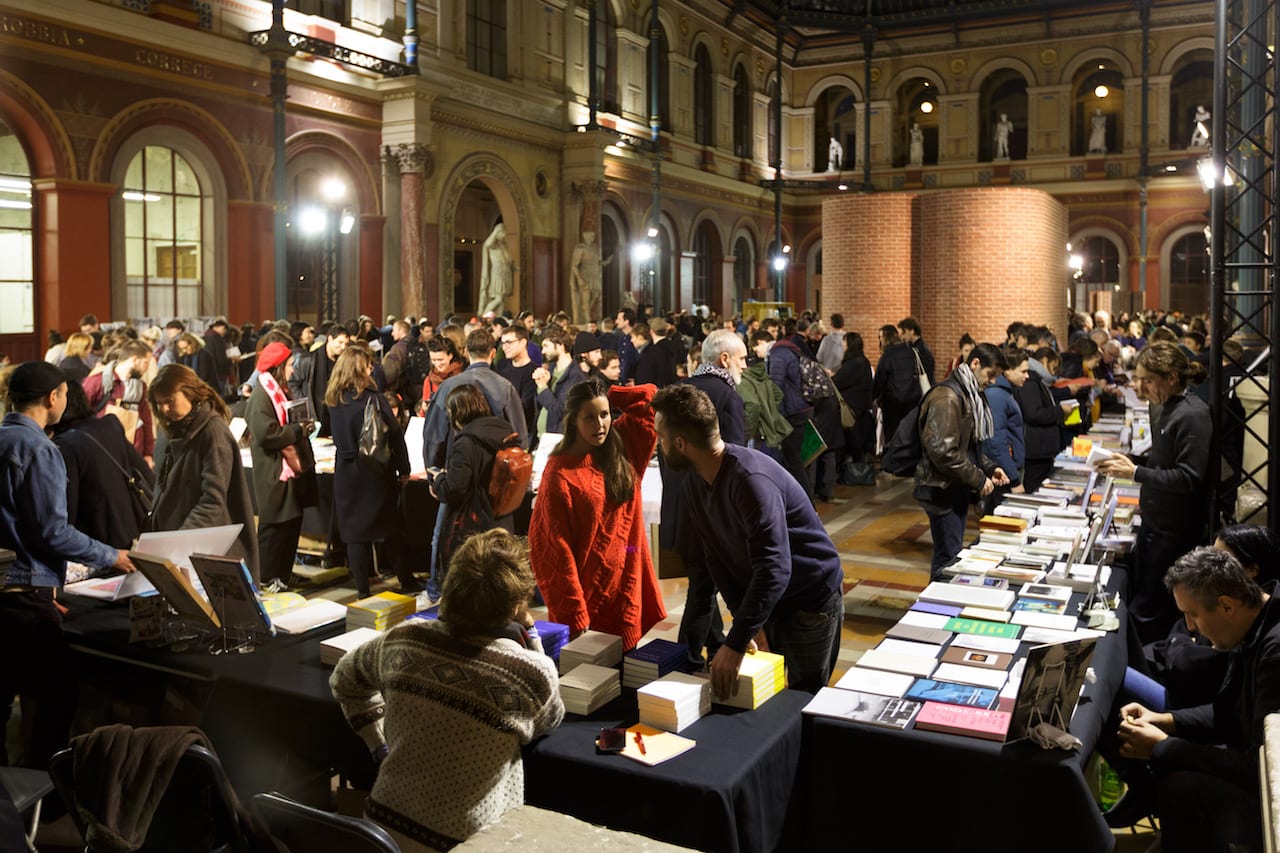
Paris Photo is epic, but beyond the Grand Palais there’s a plethora of other photo-related events in the French capital. For those interested in photobooks there are two essential book fairs – Offprint and Polycopies, both showcasing some of the most interesting new work in photography and beyond; there is also a week-long photo focus at the world-famous Left Bank bookshop Shakespeare & Co.
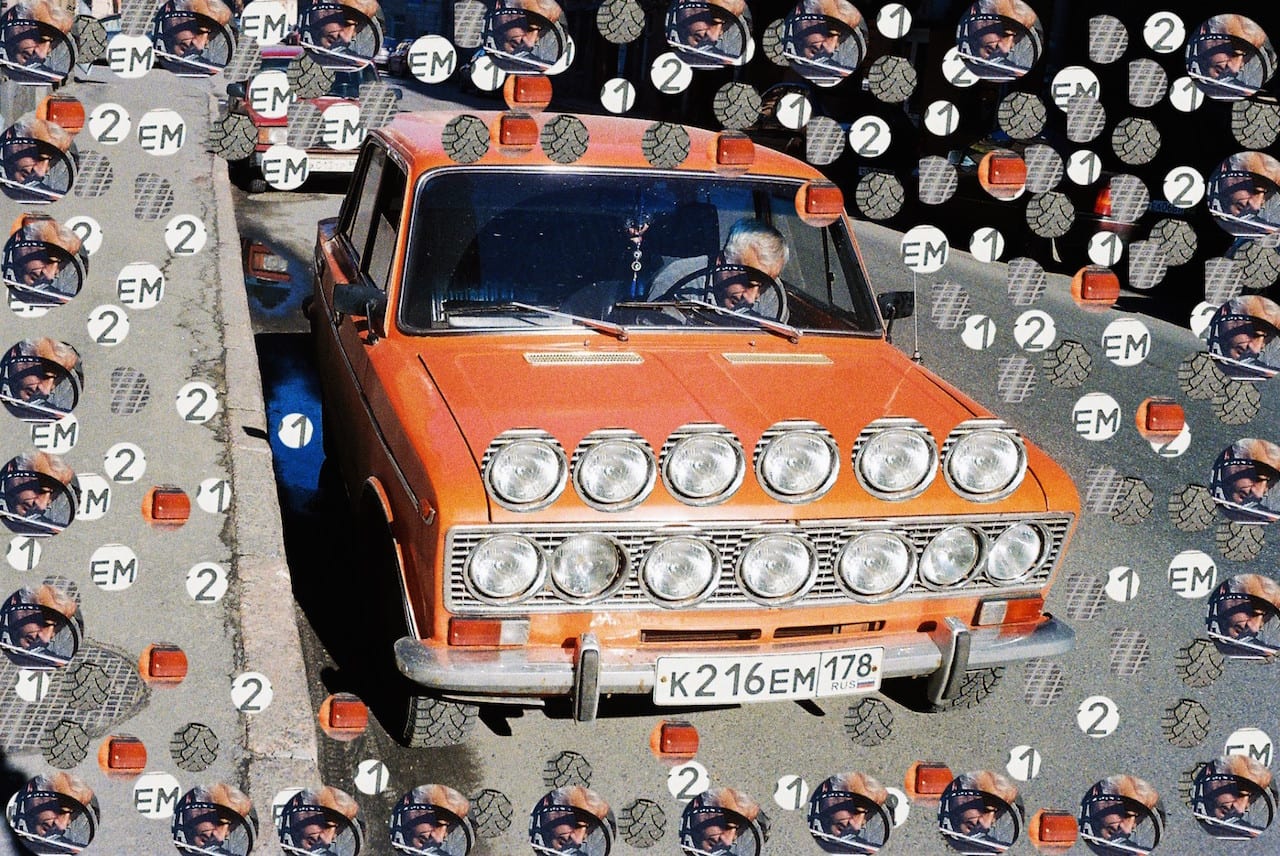
Born in 1982, Alexander Bondar grew up on the outskirts of Moscow and studied photography in the Faculty of Press Photographers at the St Petersburg House of Journalists. From 2010-2013 he took part in several workshops organised by FotoDepartment and ROSFOTO in St Petersburg, and in 2013 he started studying Photography and Time-Based Media at Jan Evangelista Purkyne University, Usti and Labem, in the Czech Republic. Bondar has shot four major photographic series, Unfit (St Petersburg, 2010-13), Pavlov’s Dog (St Petersburg, 2008-2015), No Dream To Dream (Czech Republic, 2013-2017), and Cat’s Eye (Warsaw, 2015-2016), plus another project called So Cliché (2009-2013), which uses deliberately heavy-handed retouching. He recently published Cat’s Eye and So Cliché with Zoopark Publishing Collective, a project which he set up with Tatyana Palyga in 2016. Bondar and Palyga have also published two editions of a magazine called Zoopark together, and have presented their work in Paris at Polycopies in 2016 and 2017. Bondar is represented by the FotoDepartment Gallery.
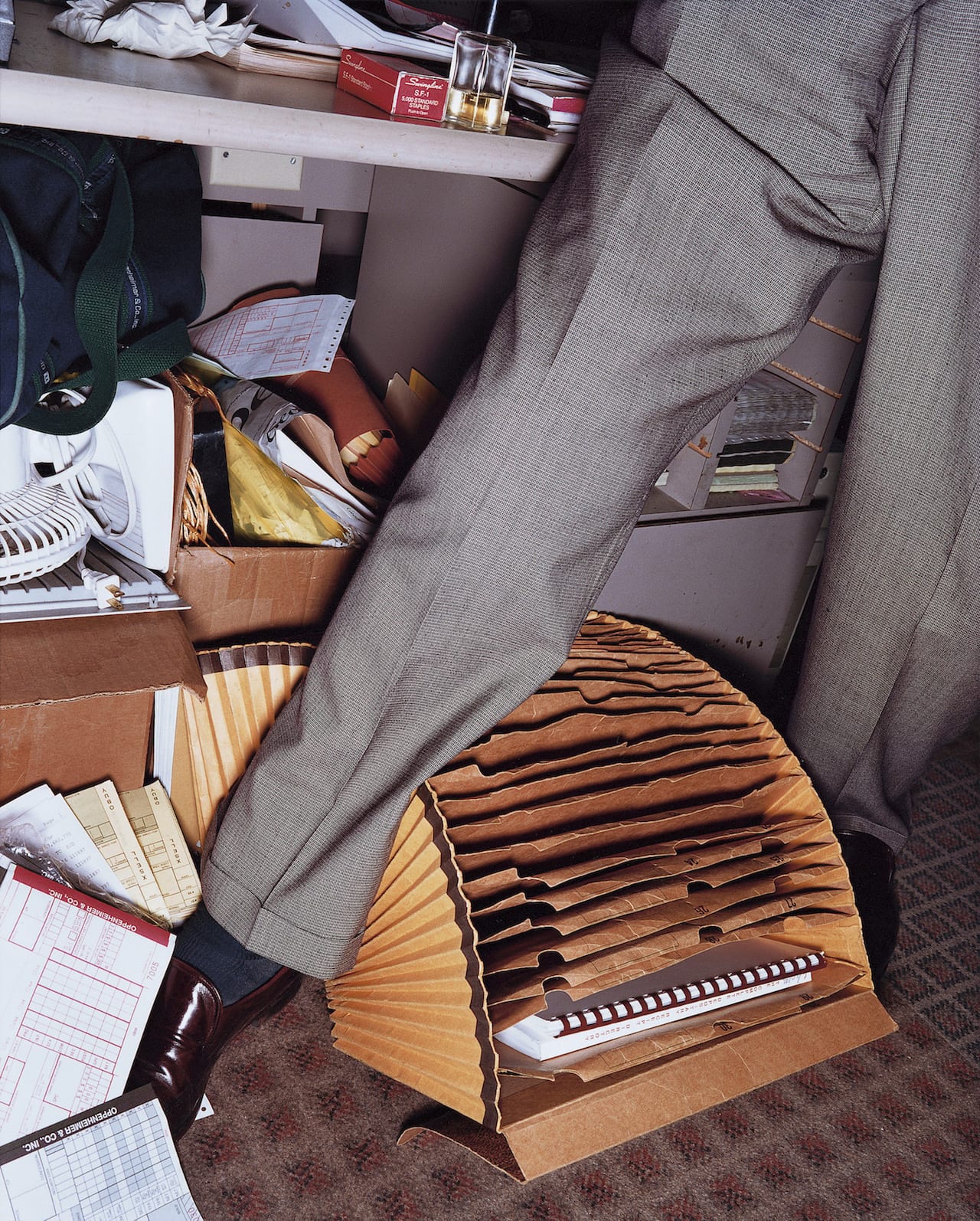
With so much to see condensed into one city over the course of five days during Paris Photo (09-12 November), you’d be tempted to skip round the 149 galleries lining the elegant, glass-topped halls of the Grand Palais in a couple of hours, or even miss the main event altogether, as many do. That would be a mistake. You won’t get a better snapshot of what constitutes saleable photography in 2017, from the blue-chip North American dealers such as Gagosian, Pace MacGill and Howard Greenberg, to the work of younger artists championed by the likes of Project 2.0, Trapéz and Taik Persons. And eavesdropping on the sales patter can be a real an eye-opener.
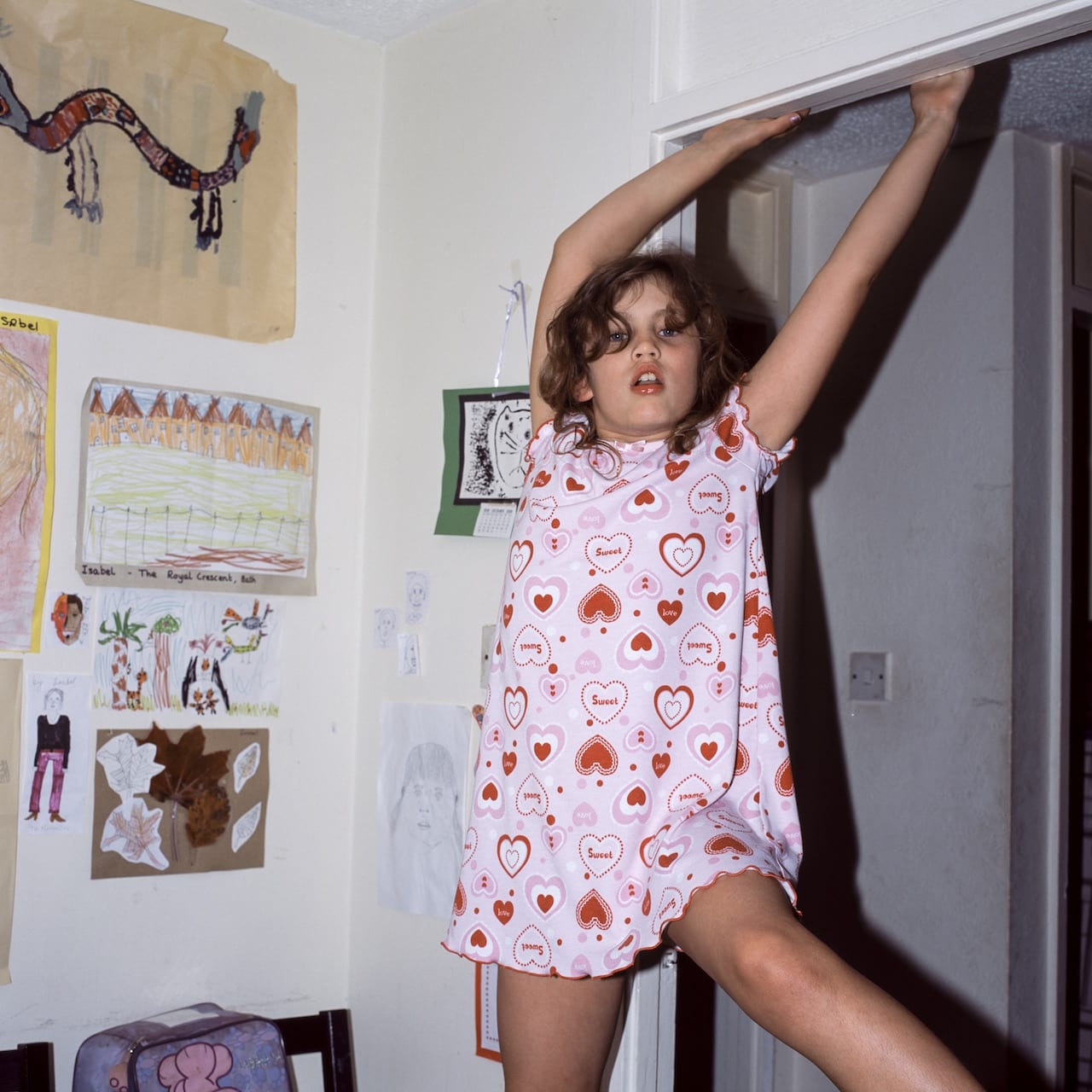
Colin Pantall began photographing his daughter, Isabel, in the delivery room moments after she was born. From then on, “it was just constant”, he says. Previously, the pictures he took were architectural, environmental, sometimes historical; but becoming a father re-oriented him entirely. The transition wasn’t effortless. In the early days his experience of fatherhood was spiked with feelings of claustrophobia and intense anxiety – fear of Isabel’s death, fear of his own. A sense that he could easily become obsolete.
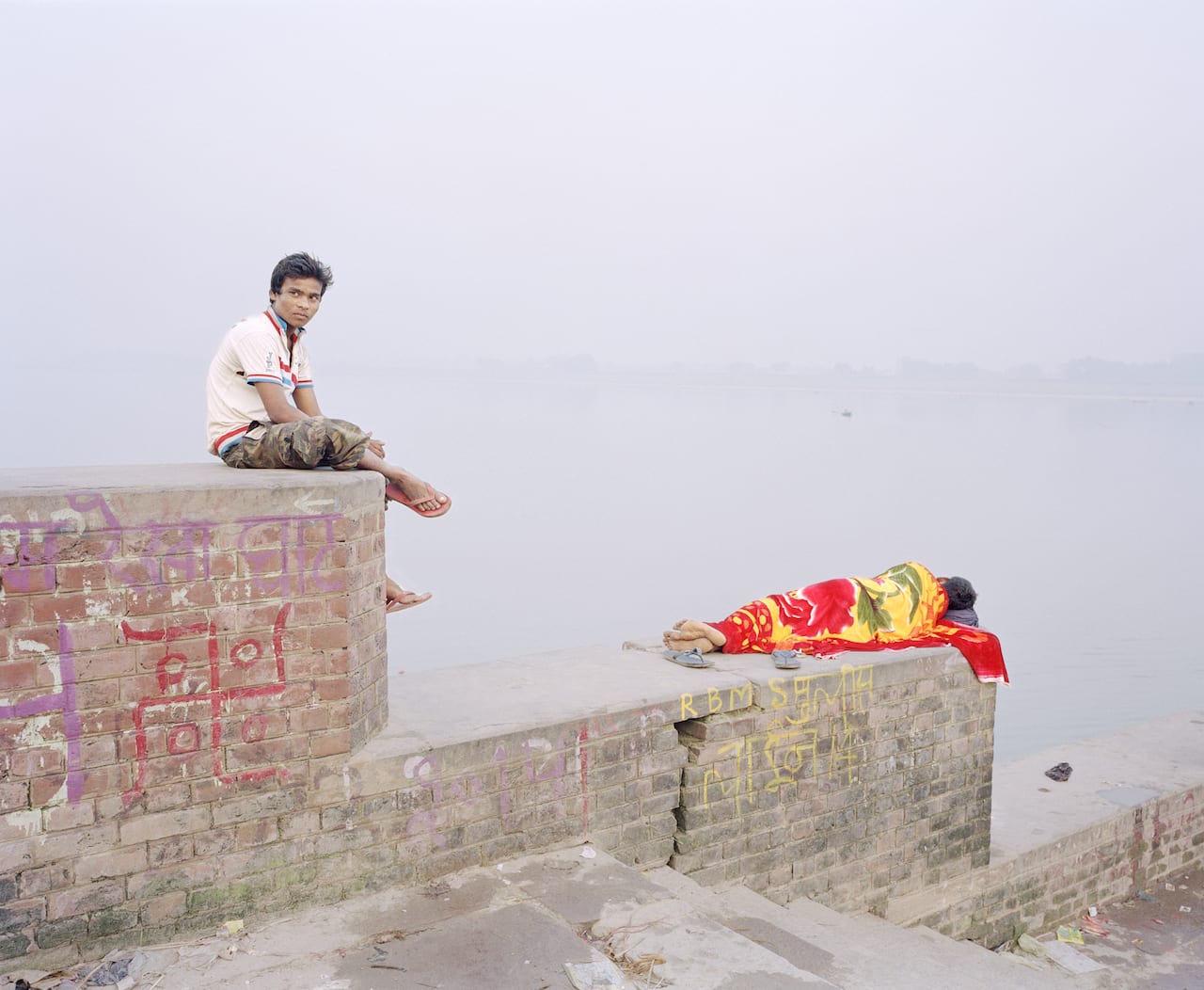
The last time we spoke to Vasantha Yogananthan he was preparing to release chapter one of his hugely ambitious seven-part project A Myth of Two Souls. A project that he started in 2013 with his first trip to India, the collection is a photographic re-imagining of one of the most significant Hindu texts, the epic poem Ramayana. Dating back to the 4th century, the Ramayana still holds tremendous significance in India, with its allegorical, mythical stories helping convey concepts such as love, duty, violence, loyalty and divinity. Yogananthan had always been familiar with the Ramayana growing up – his Sri Lankan father told him stories from it during his youth in Grenoble, France, and he picked up comic book adaptations of it as a teenager. But it was only when he visited India that he realised just how interwoven the analogies presented in Ramayana are with the experience of everyday life on the subcontinent, and just how thin the line can be between mythology and reality.
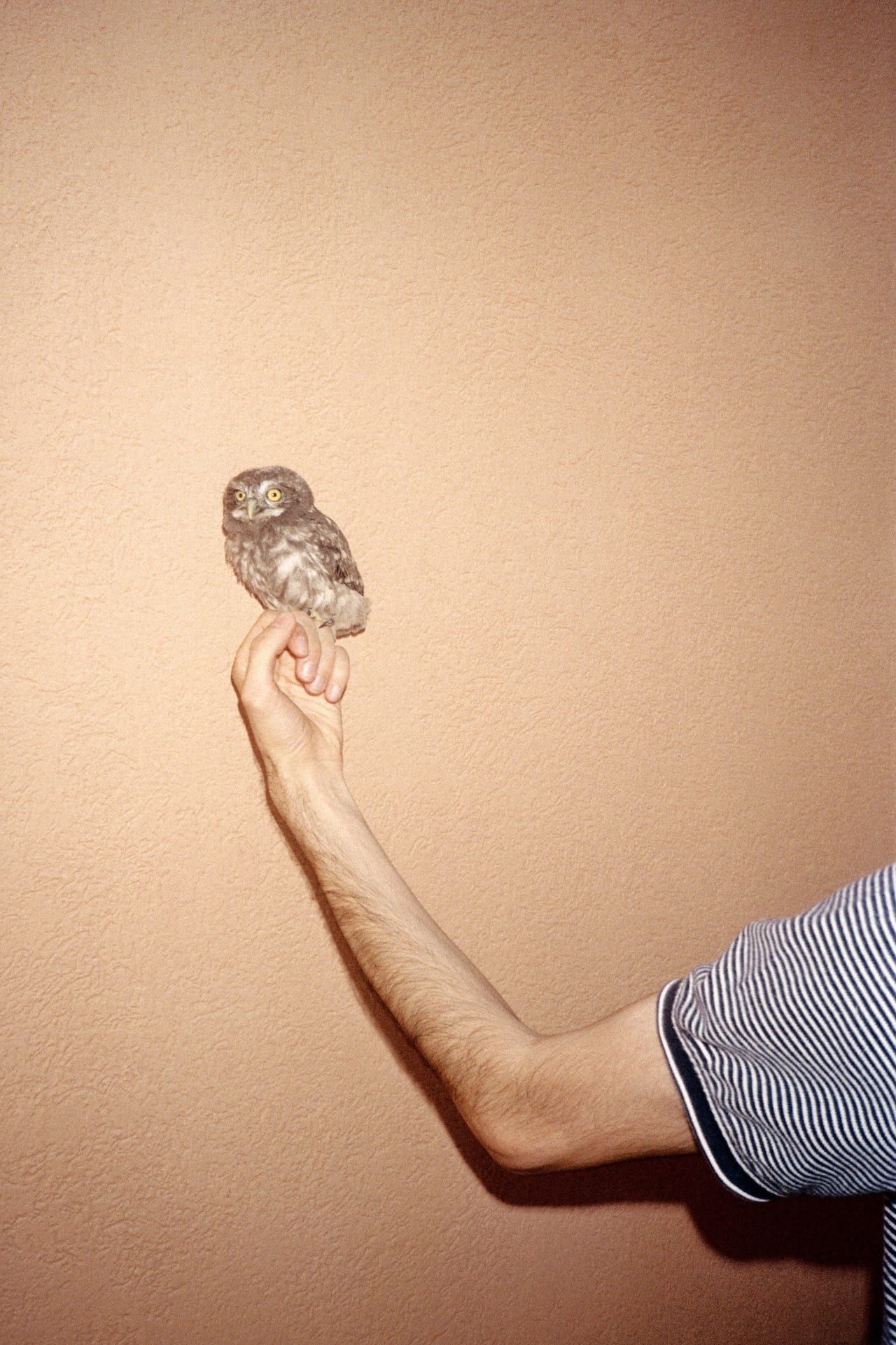
Venezia graduated from university in 2016; starting life as his end-of-year project, Nekyia demonstrates the research-based direction he moved into, drawing on classical literature to explore the complex economic and political situation of modern Greece. It focuses on the river Acheron, which flows through Epirus in northwestern Greece, and is featured in classical epics such as The Odyssey, Aeneid and The Divine Comedy as the boundary between this world and the underworld. Its name literally translates as the ‘river of woe’.